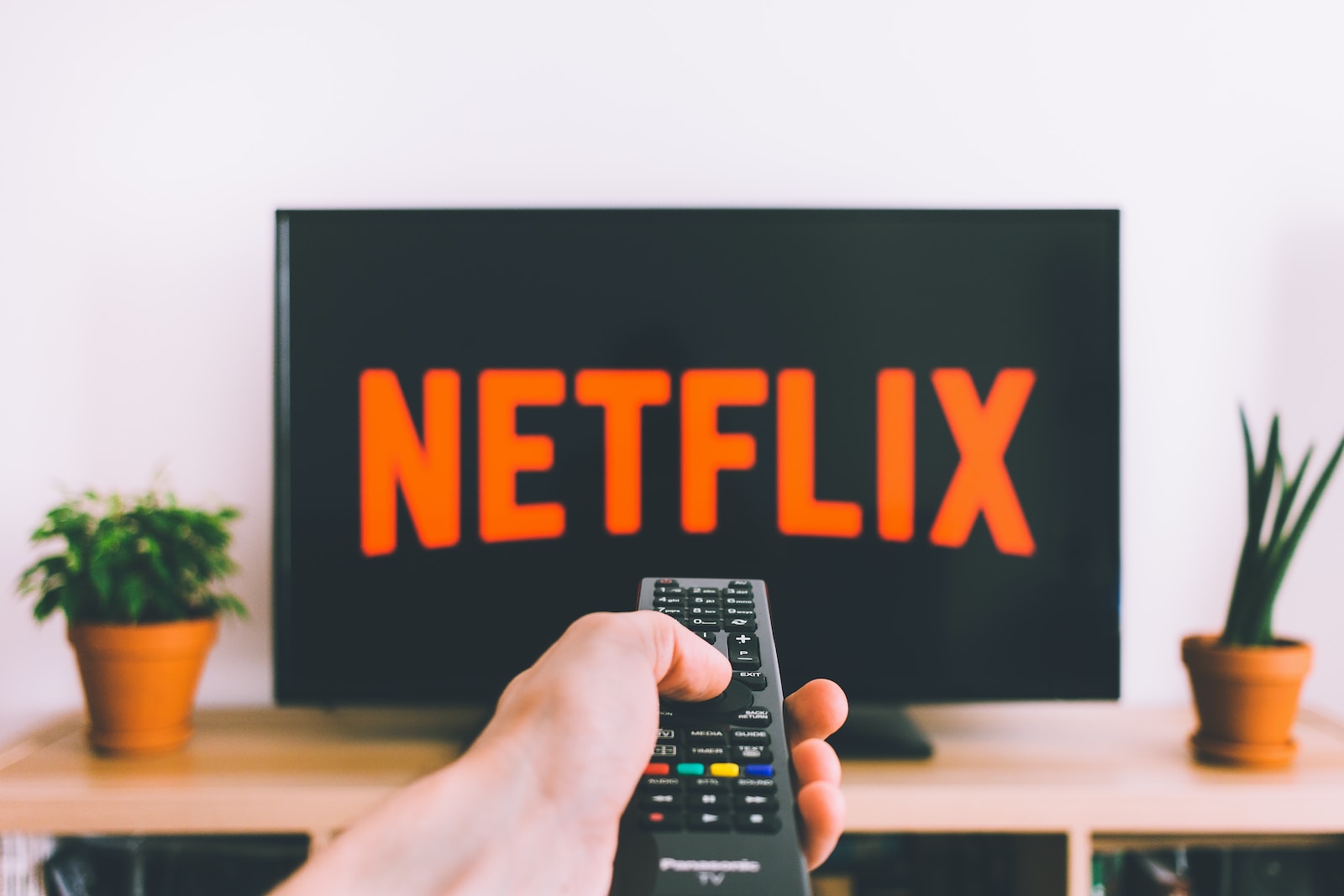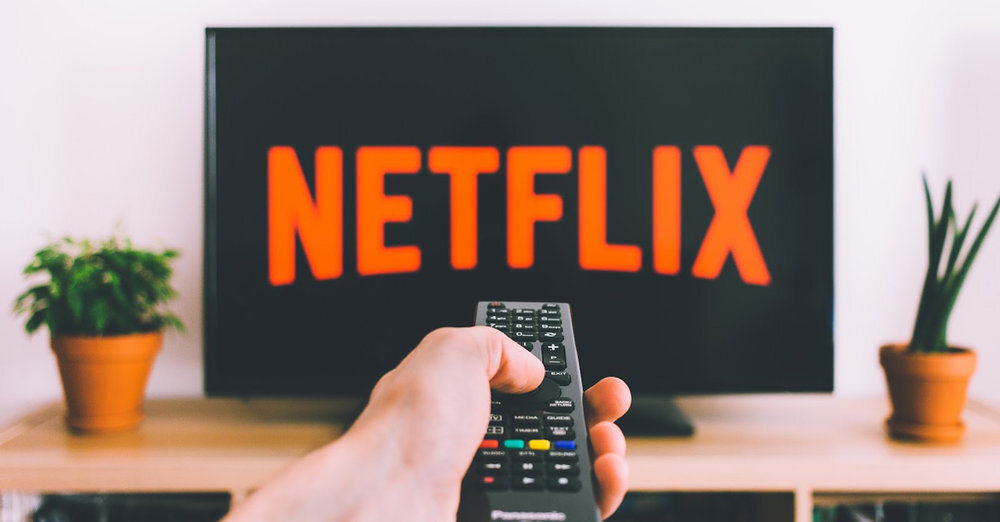Physical Address
304 North Cardinal St.
Dorchester Center, MA 02124


This blog post originally appeared as part of the Pearson Higher Nationals Blog, on their HN Global platform.Those original websites have now been retired. The text provided here does not include images that were included on the website.
In Part 1 of this series we explored changes to the music industry. Part 2 examined the rise of podcasting as both a new format and a reinvigoration of traditional spoken word content. Here we consider the impact of streaming on the film and television industry.
Apple is rumoured to be close to the announcement of a new streaming television service. This would Disney is also rumoured to be close to launching their own streaming media service; featuring some of the biggest blockbuster film franchises (Marvel, Star Wars, etc.) along with their entire back catalogue of film and animated classics.
As with music, the shift to a streaming model of distribution and consumption is relatively recent. Netflix, currently the largest streaming video content supplier, began their shift from DVD rentals to streaming video in 2007. (It is worth noting that Netflix still has a part of their business that deals in DVD sales and rental, but this is a decreasing part of their portfolio.) In a little over 11 years, they have grown to serve 190 countries and more than 140 million subscribers. In addition to streaming video content, produced by other companies, they are an increasing presence in the production of their own original content. In recent years, additional services have begun to compete with Netflix. Launched around the same time, Amazon Prime Video has about 125 million subscribers and is also becoming a producer of original content. And, new services have been launched by smaller providers; such as, Hulu, Sling, NowTV, as well as some of the bigger producers/channels like HBO, CBS and others.
All of these services are referred to as ‘on-demand’ meaning you choose what to watch and when you want to watch. There is no scheduled programming, as you would find on terrestrial channels or cable television. Like podcasting, streaming video (meaning both television and films) are user-choice models of consumption. This, like in podcasting, allows these companies to produce original content that would not, typically, be supported by the major broadcast networks. Where broadcast networks rely on advertising revenue, and; therefore, must ensure that their content does not reflect poorly on the advertisers, the video streaming services are based on a subscription model. Thus, if you are a subscriber you don’t have to sit through ‘commercials’ and you have chosen the content that you want to watch.
The original content being released by Netflix, Amazon and Hulu; to choose only the most prolific, are also offering filmmakers new opportunities to tell stories that the Hollywood studios or television networks may not have been interested to develop. Whether this is because the story is more challenging than the a network could support (again, possibly, because of the need to keep advertisers engaged), or the length of time needed to tell the story would result in a film that is longer than cinema release would accommodate, or the story is in a language (for a market) that is not sufficiently profitable for a major studio release. Hulu produced the award-winning and uncompromising ’The Handmaids Tale’, based on the novel by Margaret Atwood. While an earlier film version (1990) was released, the 2017 streaming version was able to tell a story closer to the written version over an extended period. Amazon’s ’Transparent’ (2014) tells a story, of a gender transitioning father and his family, that mainstream television would be unlikely to have been able to approach. Netflix’ latest success is the Mexican drama ‘Roma’. Directed by Alfonso Cuarón, this story of a 1970’s domestic worker and the family she works for. While Cuarón is a highly respected director, Hollywood was unlikely to develop a Spanish-language film for general release. The benefit that streaming services have, is that they have less need to achieve profit in the short period of cinema release. If the presence of a film or television programme is available on their service, they can continue to offer it over a much longer period of time using it to invite users to subscribe to their service.
Streaming video services also allow the existing television and film studios to profit from their ‘back catalogue.’ A company like Warner Media (formerly Time Warner), has a catalogue of around 7500 feature films (ranging from the Wizard of Oz to the Harry Potter films and the DC Universe franchise) and 4500 television programmes (each with anything from 10’s to 1000’s of individual episodes). While they are also said to be launching their own streaming service, they currently have deals with Netflix and Amazon to stream their content. Such relationships mean that a catalogue that might have sat idle, making little or no revenue for the company, can now start to generate income. As more and more specialised streaming services become available, consumers will be able to choose those services that provide content that is of most interest. Are you into classic Hollywood films? Do you have a penchant for ‘grind core’? Musicals? Animation? …
There is also an inherent risk in this continued fragmentation of the streaming market. How many services will consumers be willing to pay for? At present, there is still some convenience in the fact that Netflix has a good range of films and television shows that are not available via Amazon. But, as new services enter the market there is likely to be a reduction in the content for existing services to offer. It has already been announced that the launch of Disney’s streaming service will mean that Star Wars films, Marvel films and other Disney properties will no longer be available on other services. Disney wants you to subscribe to their service; in order to what their content. It is unlikely that Netflix or Amazon will lower the cost of their services, so if you want Netflix-only content, and Amazon-only content, along with Disney content, you’ll be shelling out for another subscription. If Warner Media launches a service, will we also have to take out another subscription? At some point, consumers will reach subscription fatigue.
Some of the major film studios have begun to worry that the rise is original content streaming is diminishing the demand for people to visit the cinema. While it is certainly the case that some films are an ‘experience’ best suited to the large screen, there are also films which benefit from the intimacy of the sitting room. Traditional film and television companies face the challenge of developing content that is best suited to the cinema and terrestrial television, or joining the streaming market (which many of them appear to be doing). Streaming video offers consumers greater choice, and access to new types of content, all of which is no bad thing.